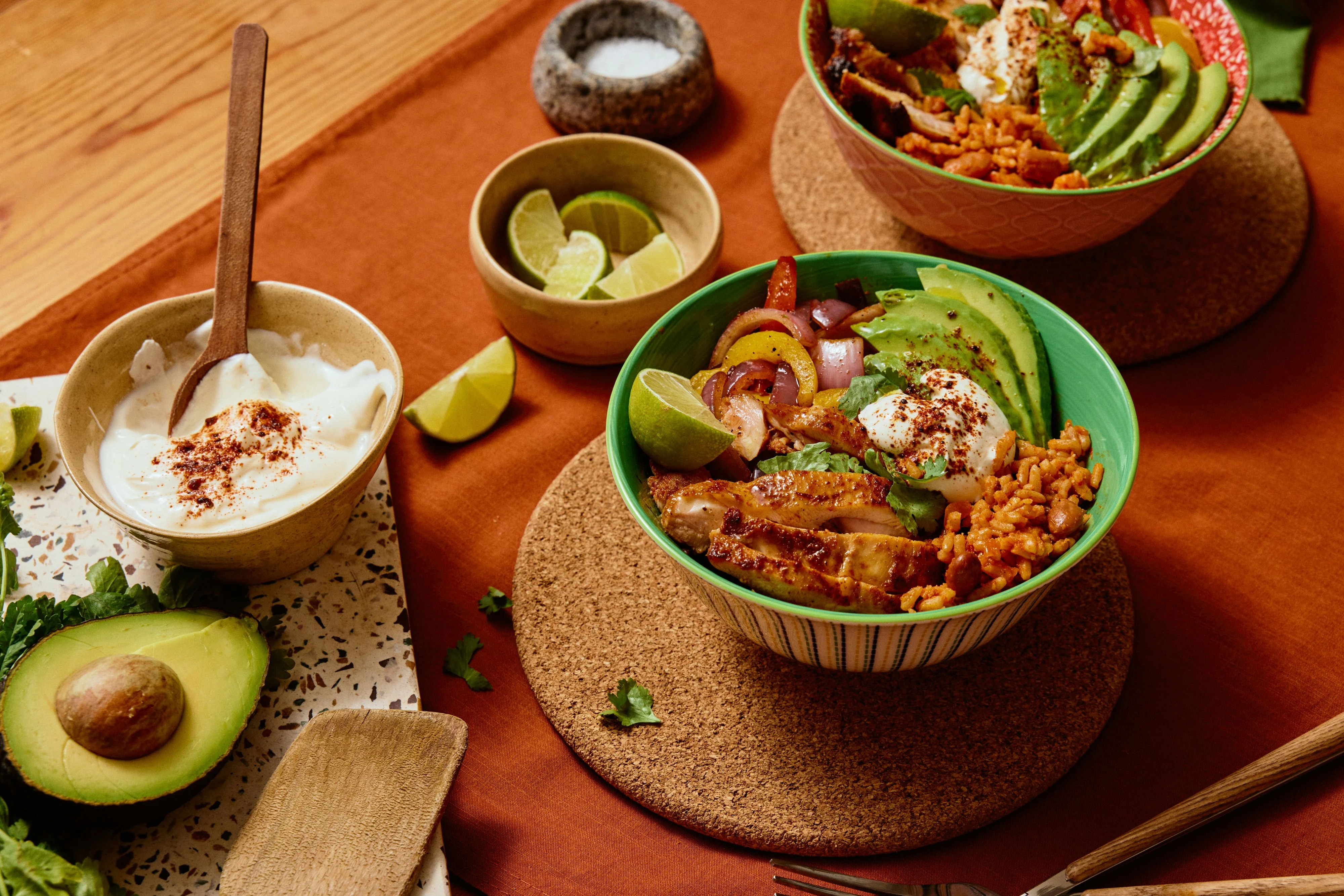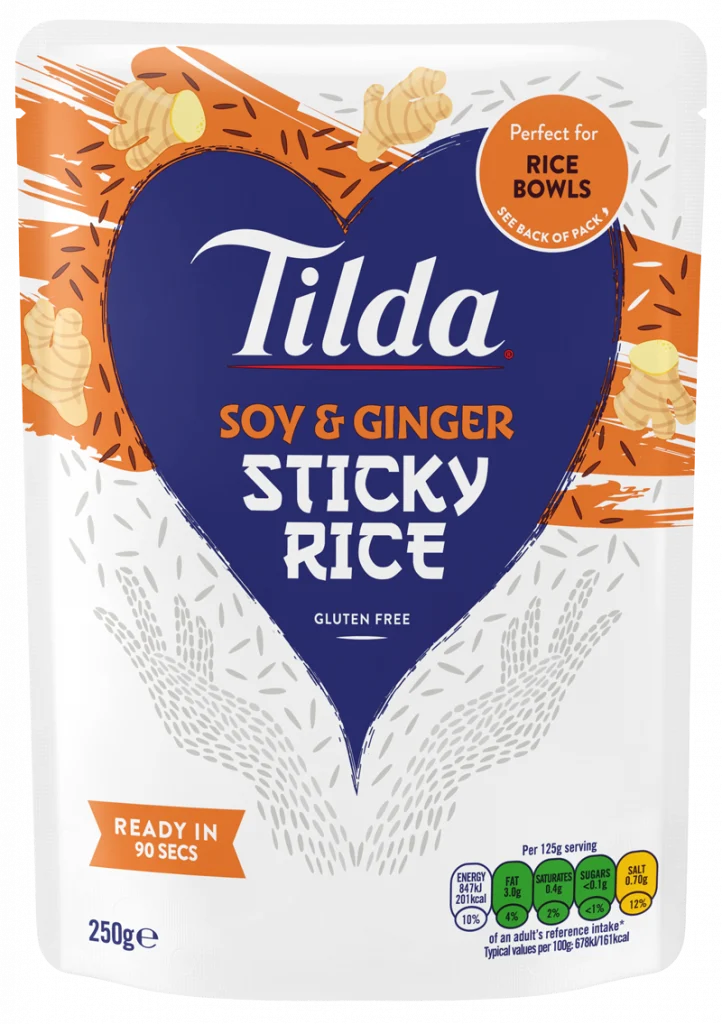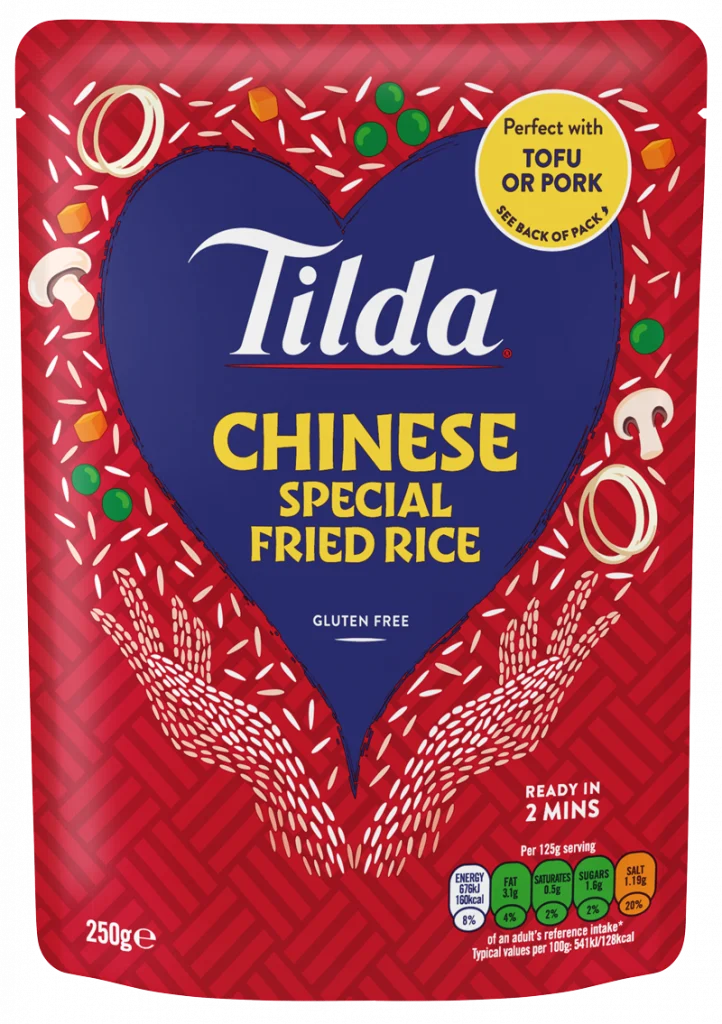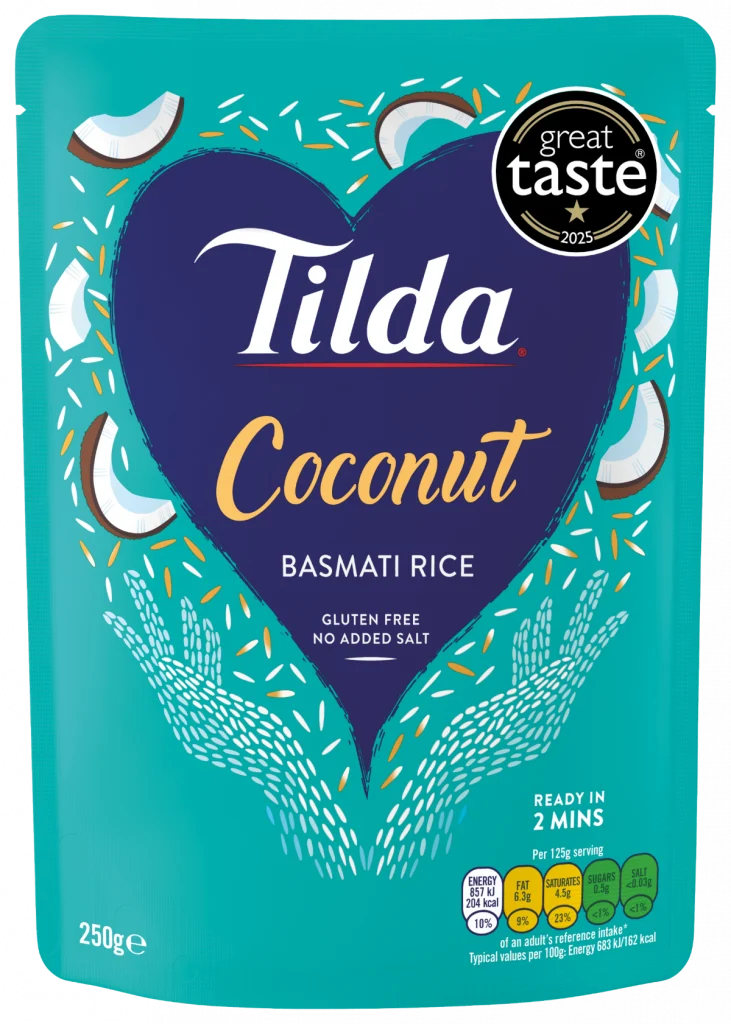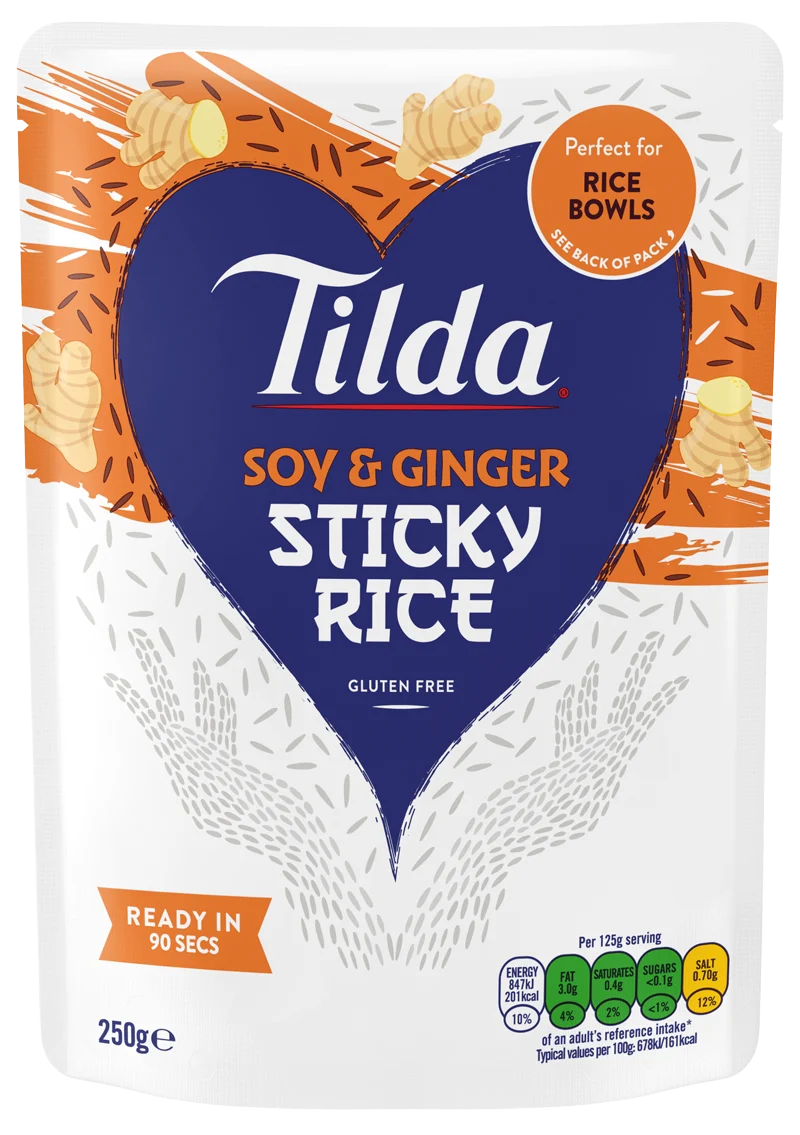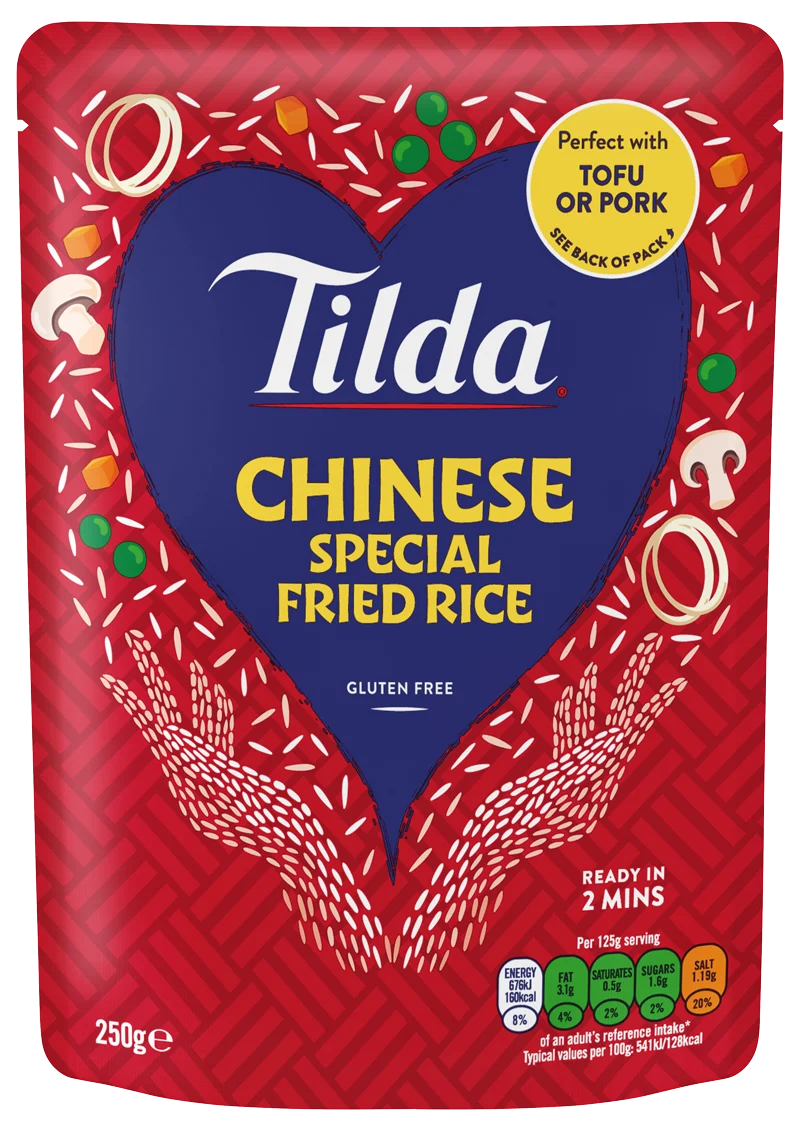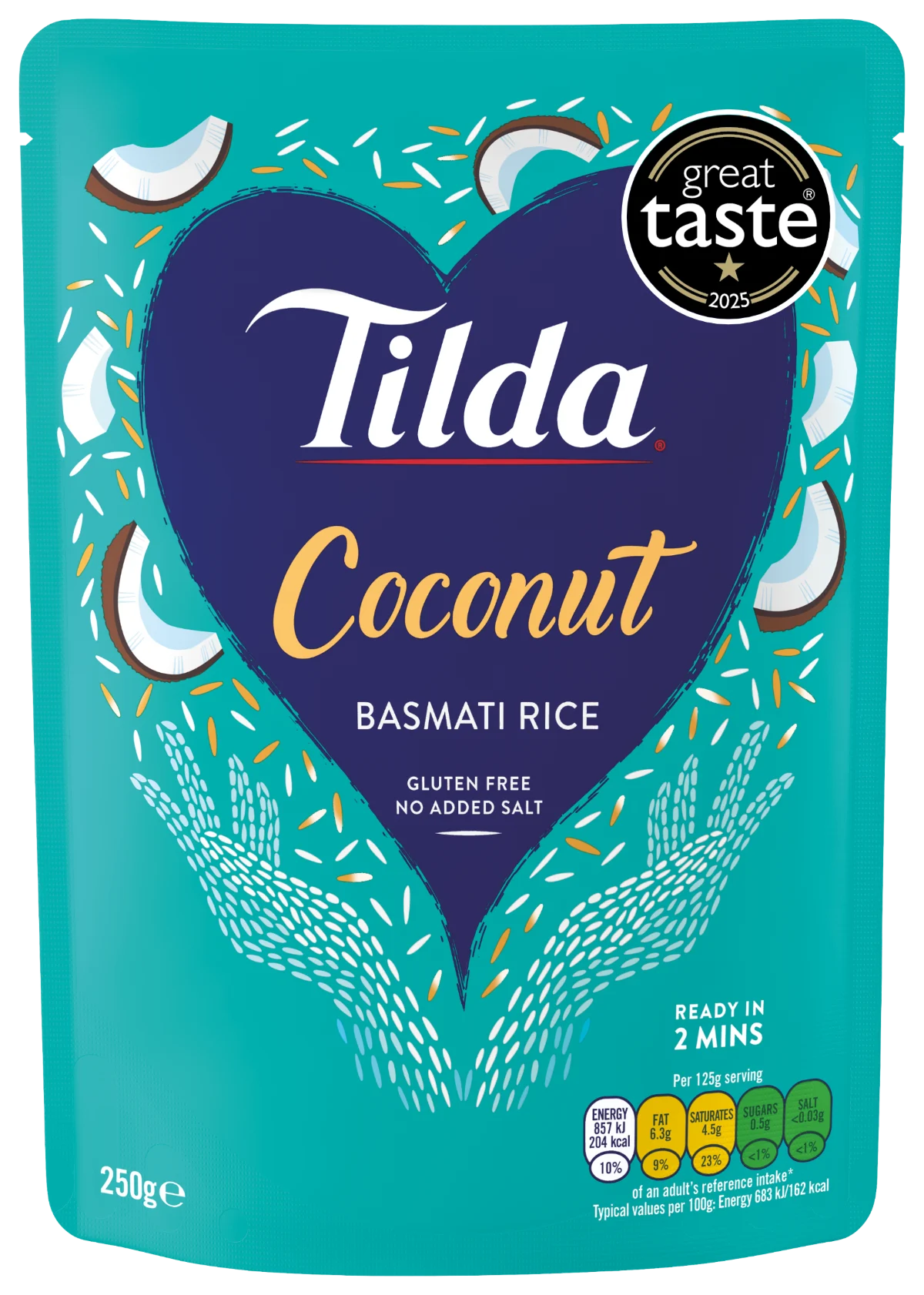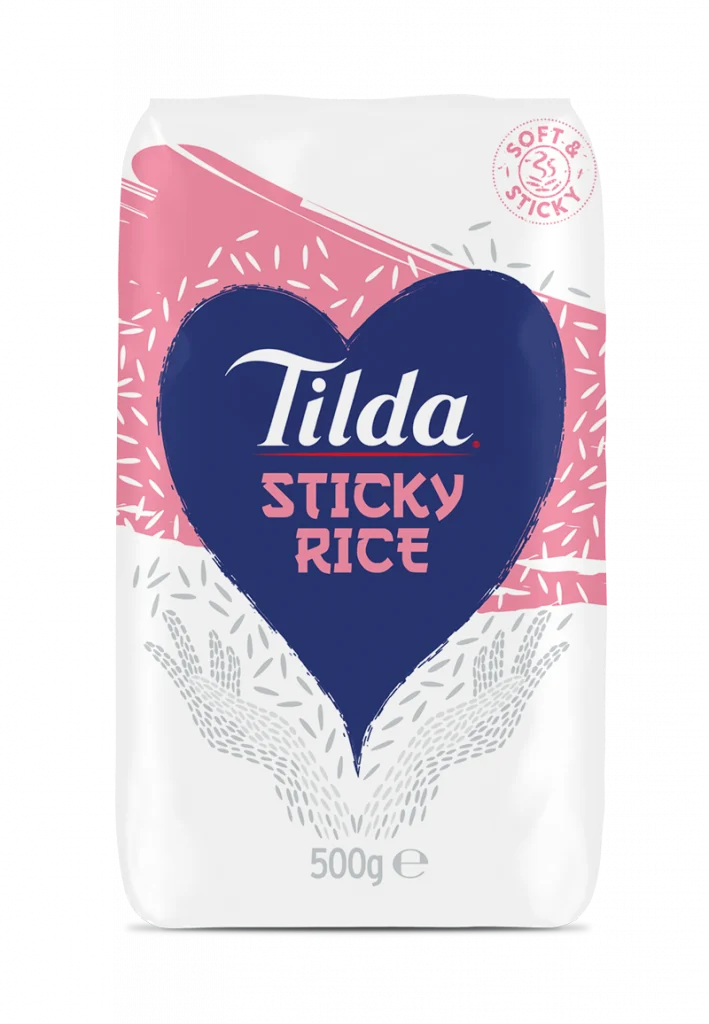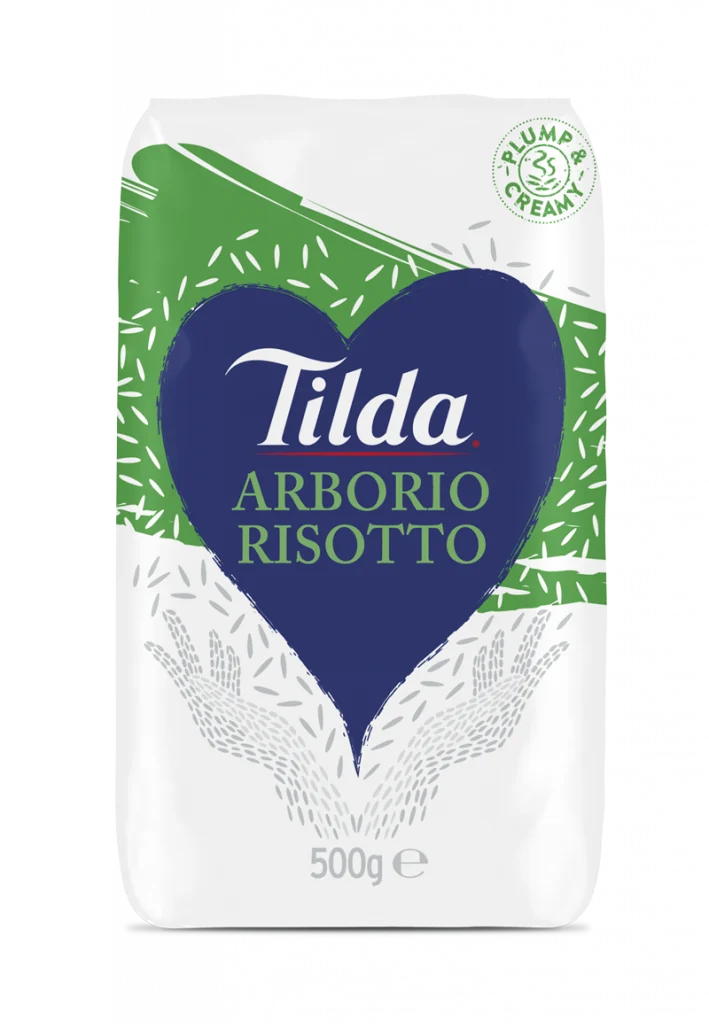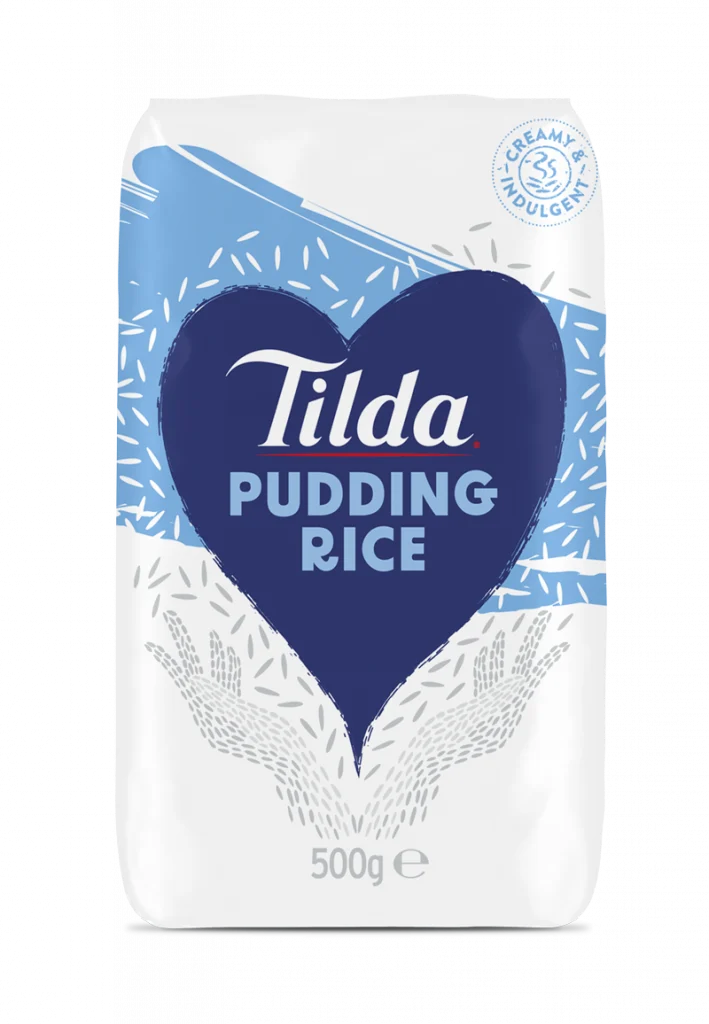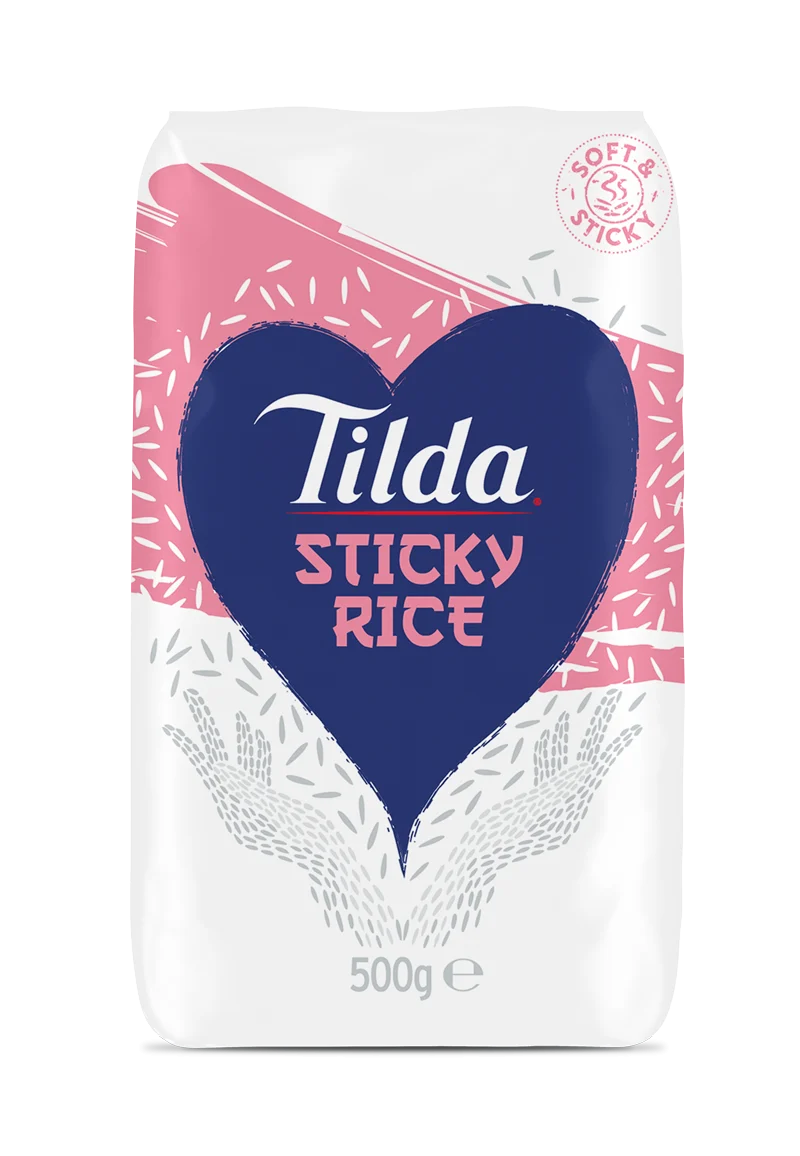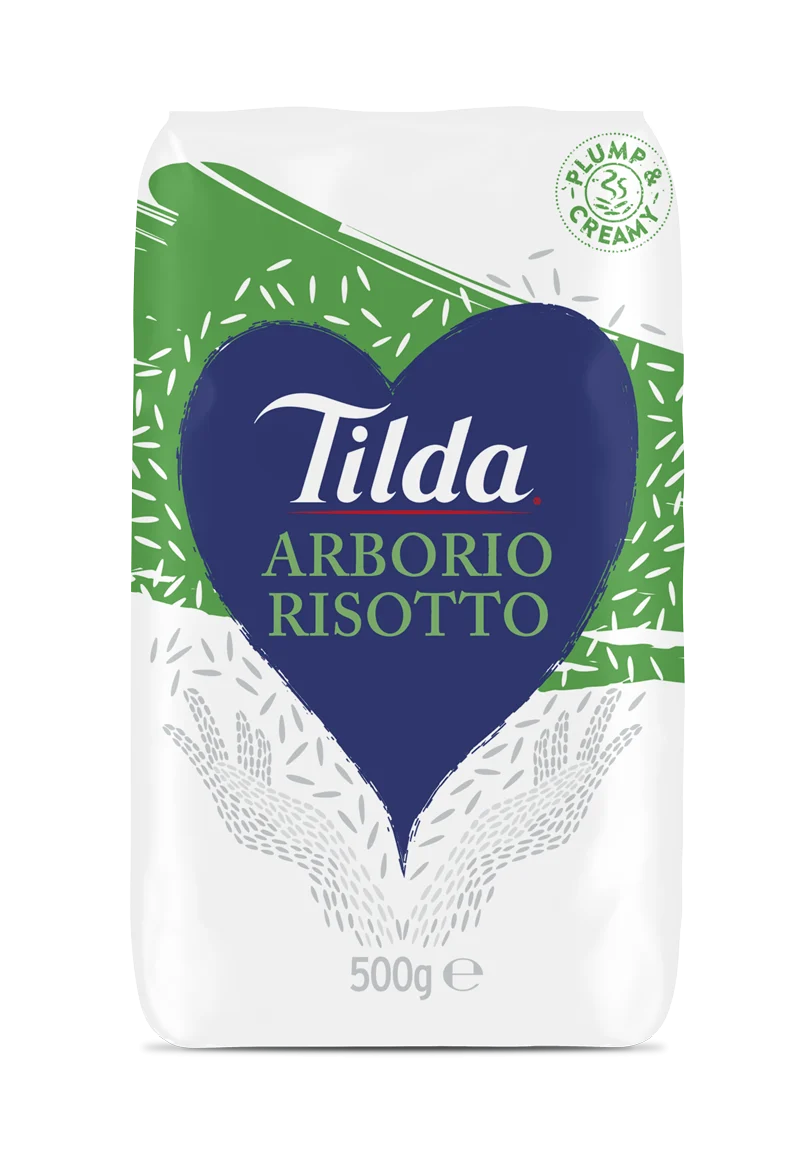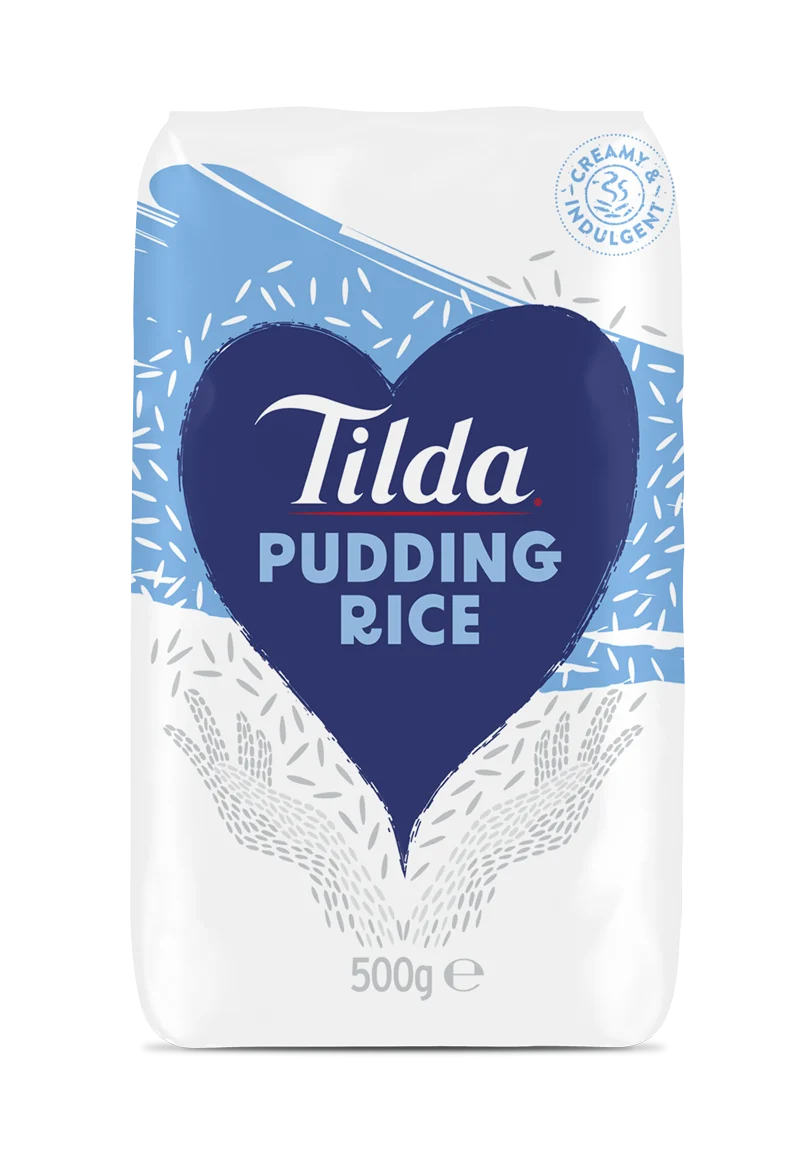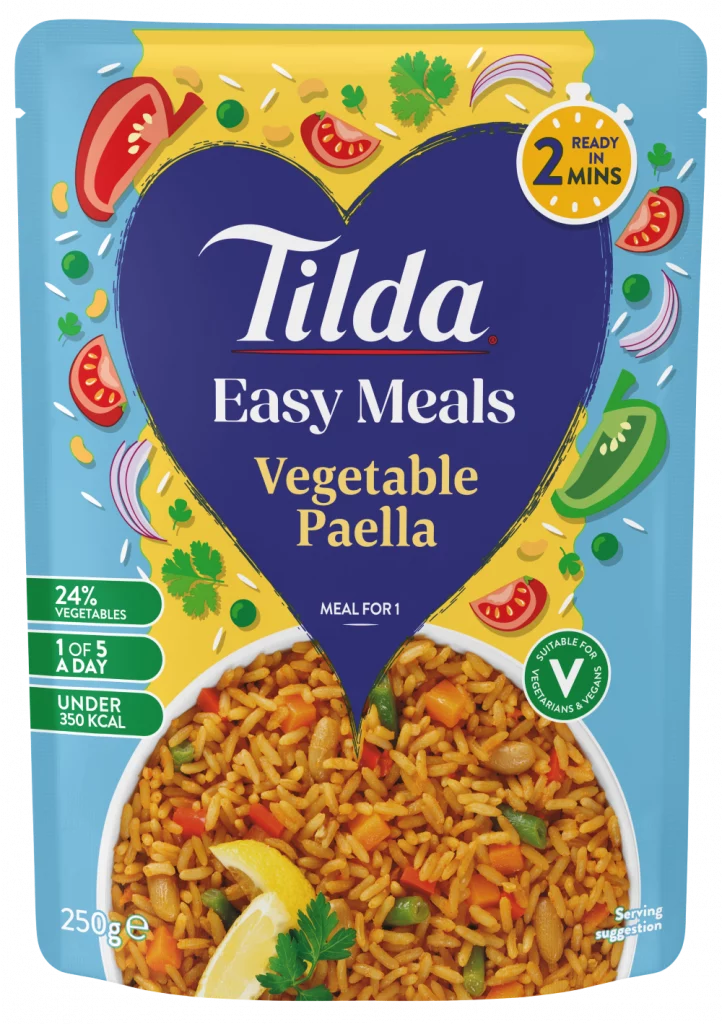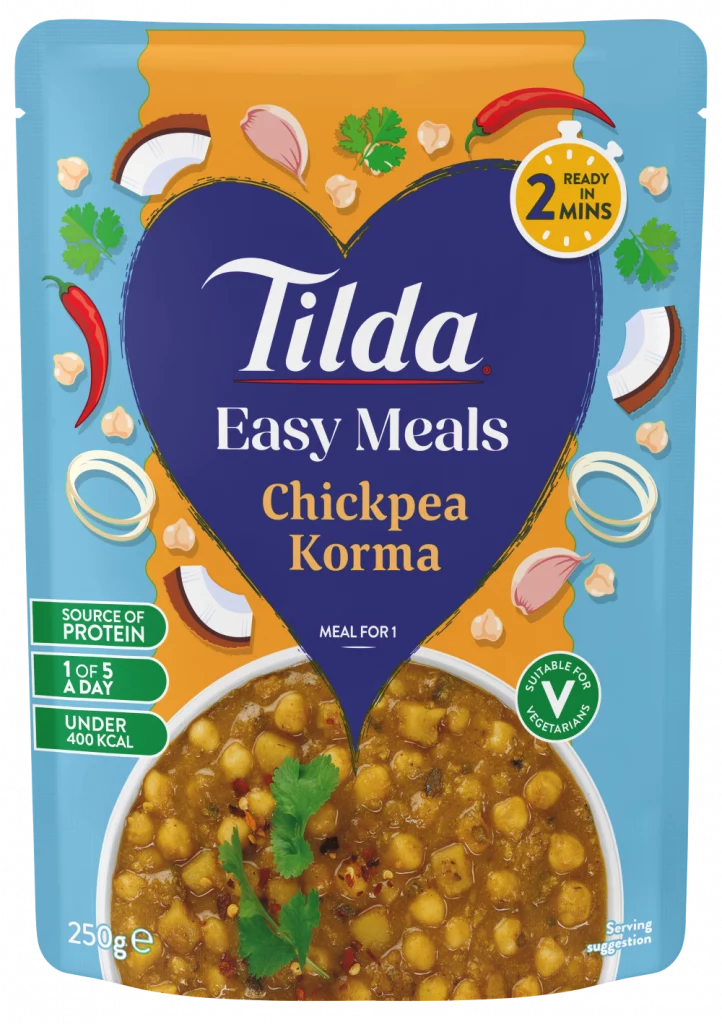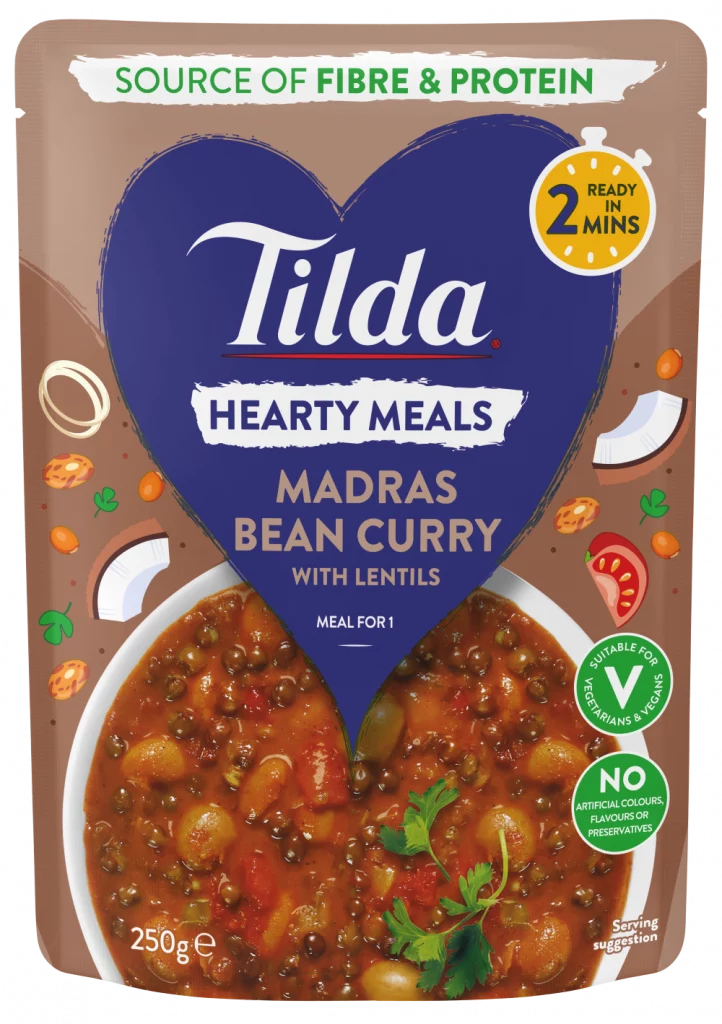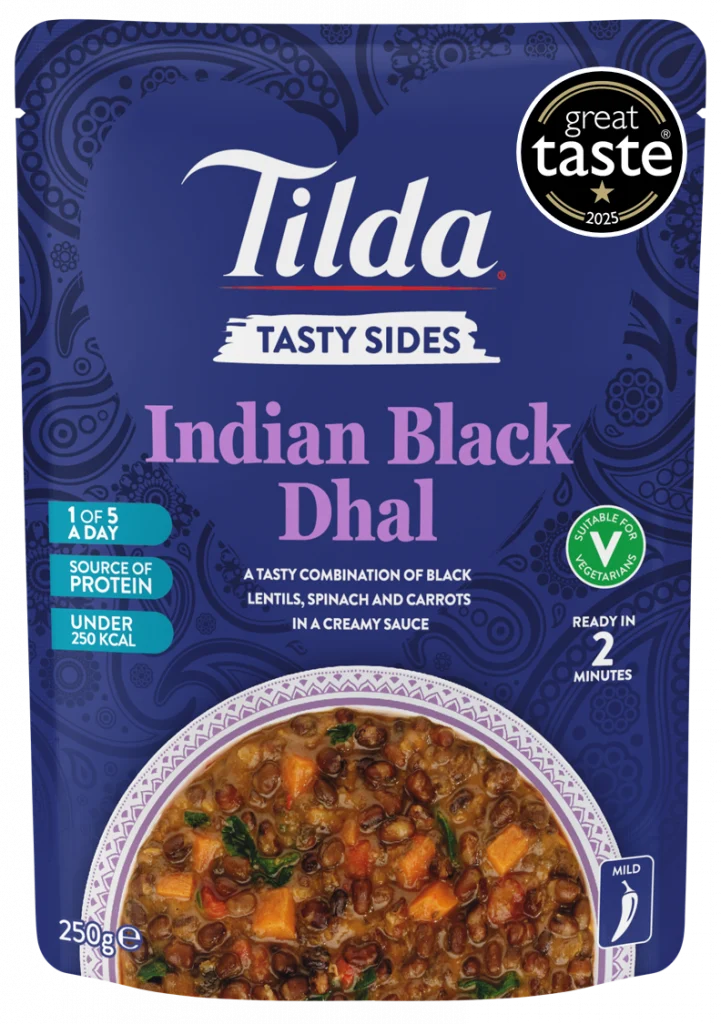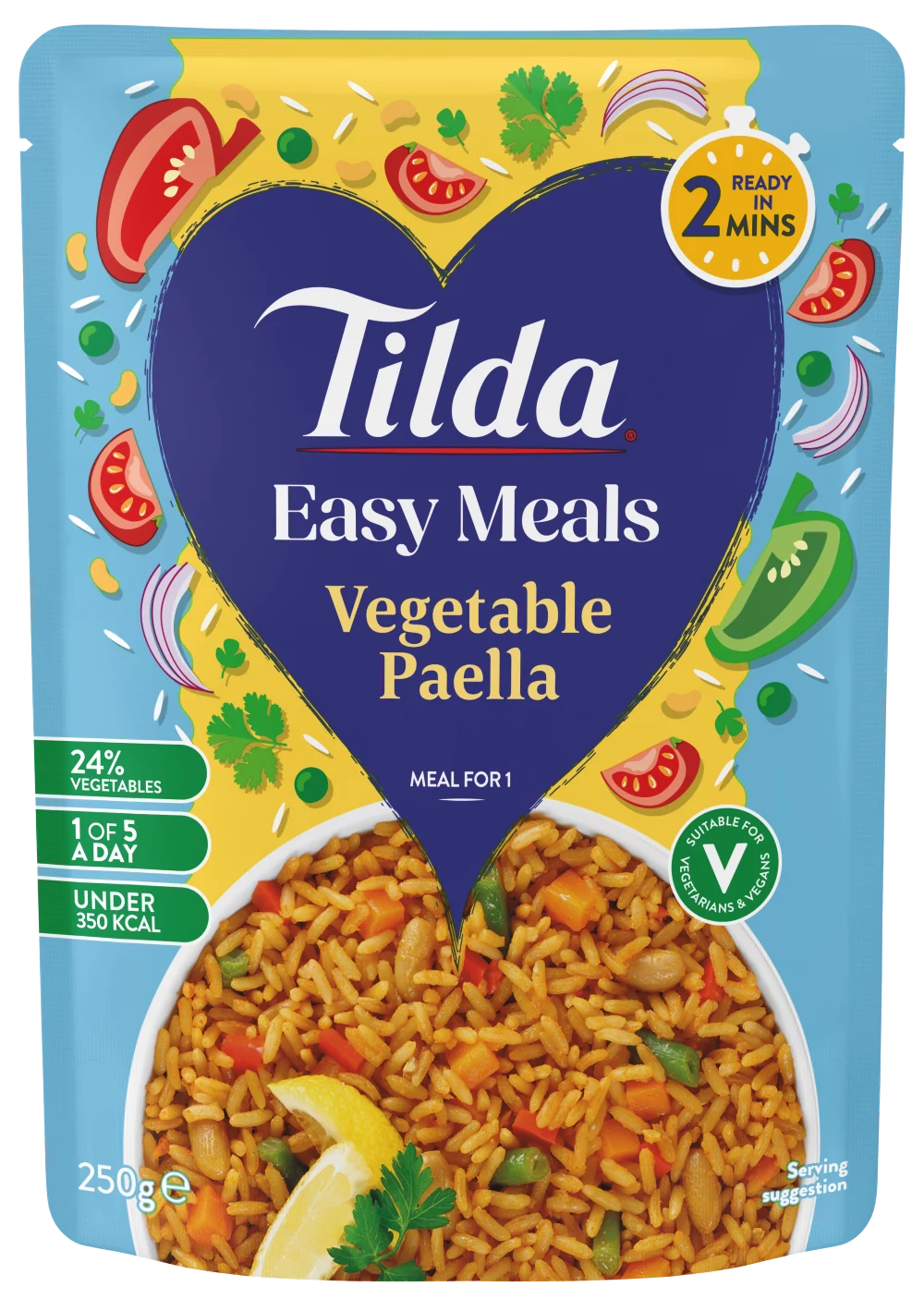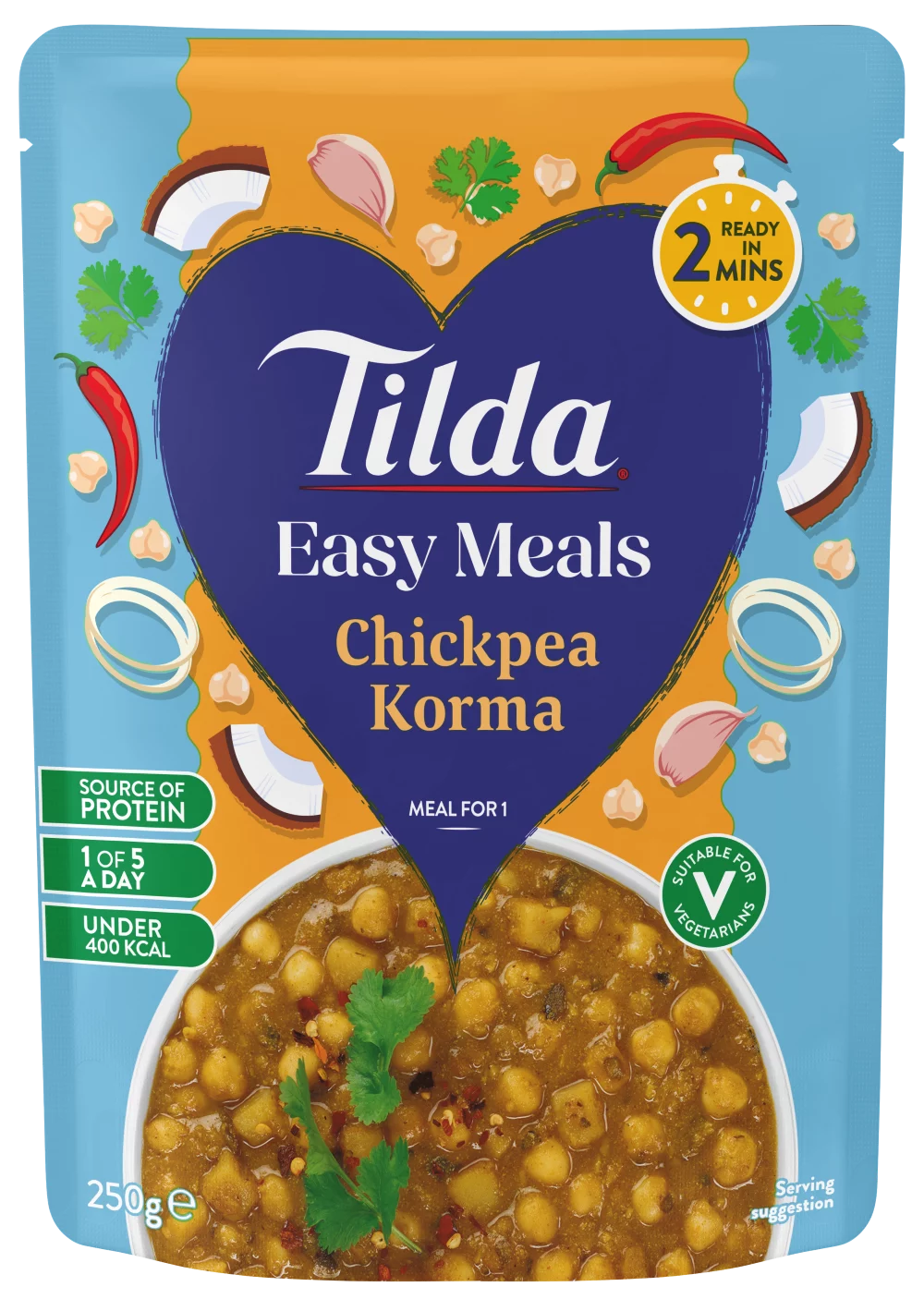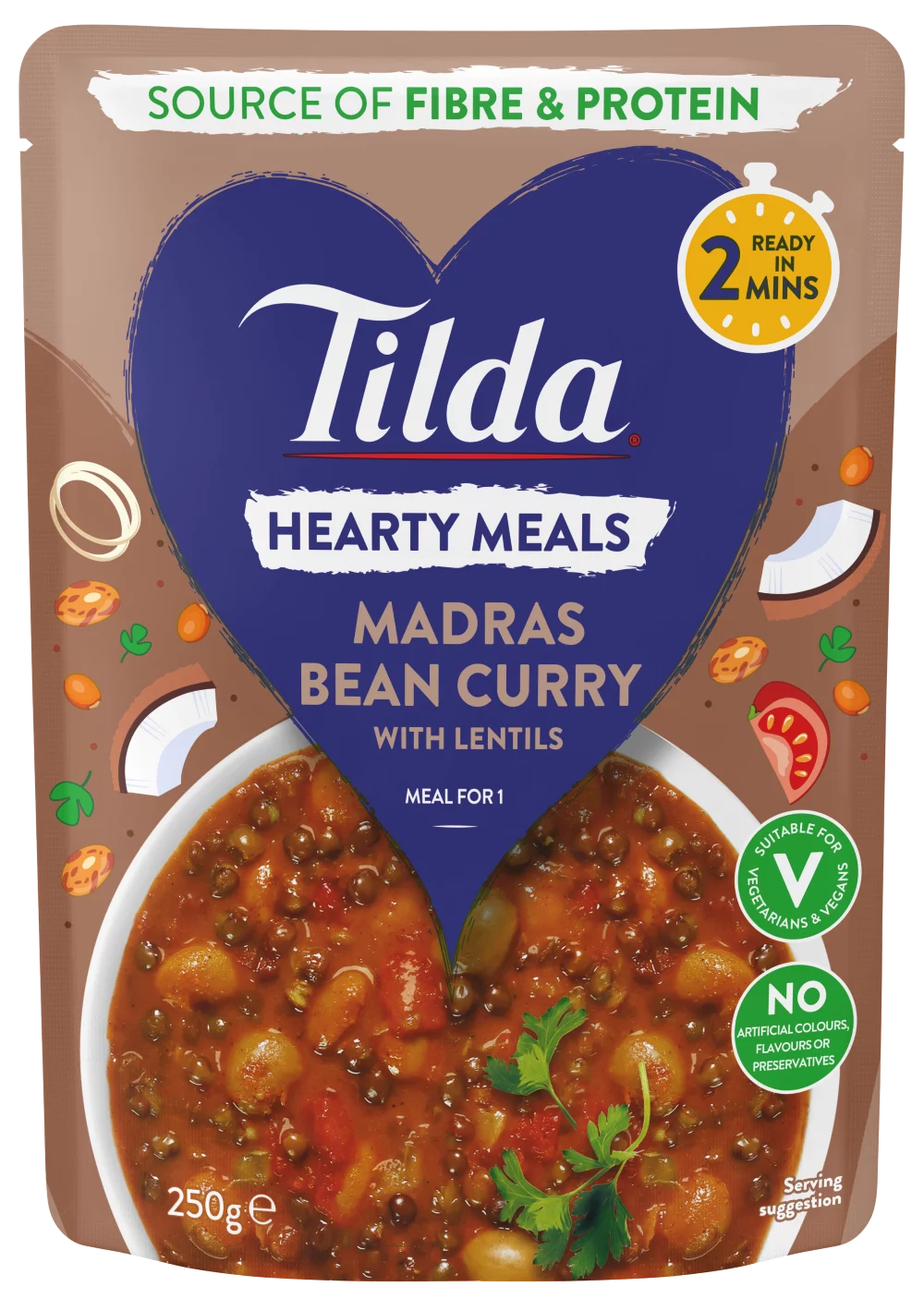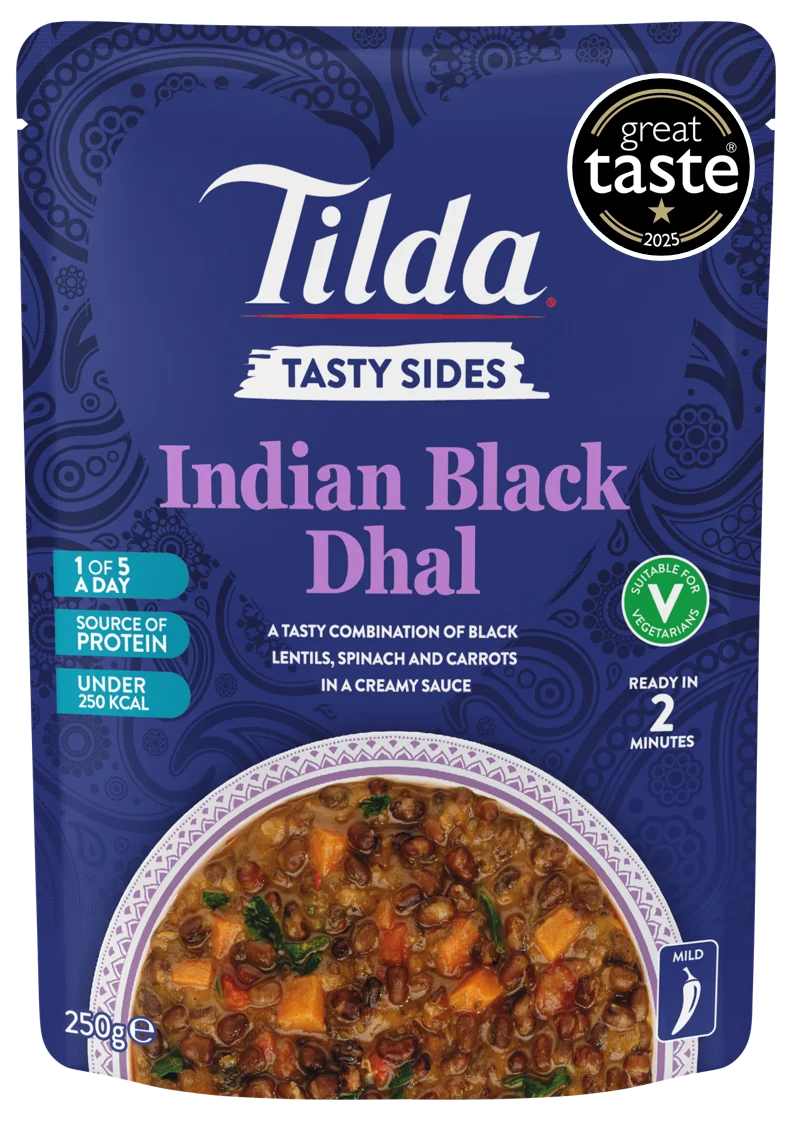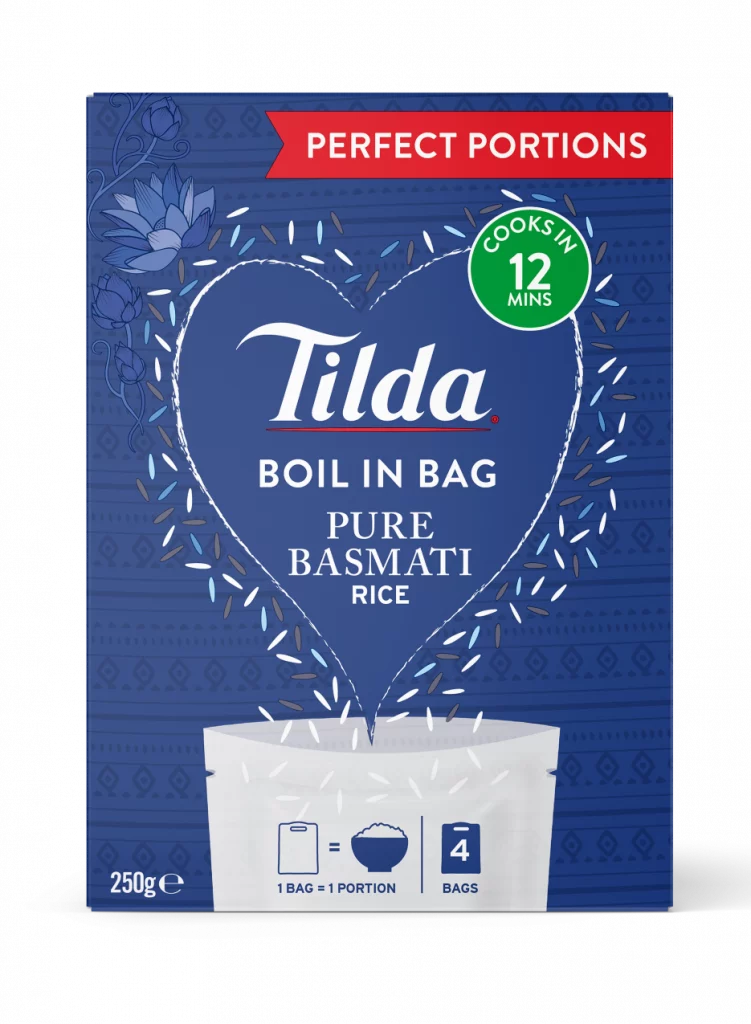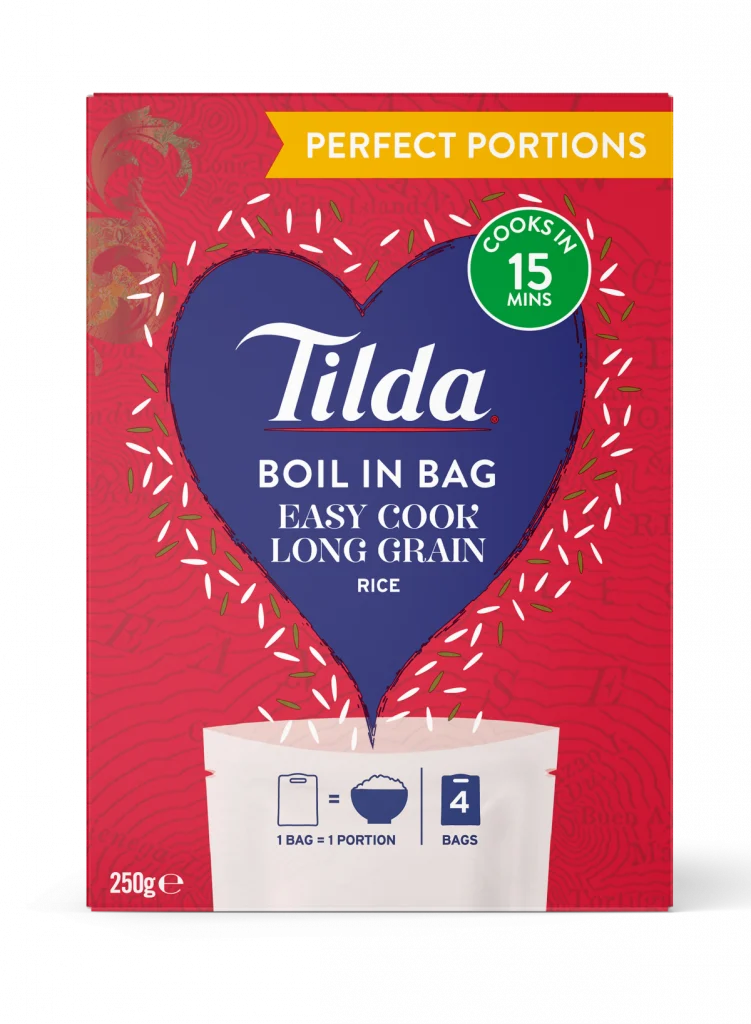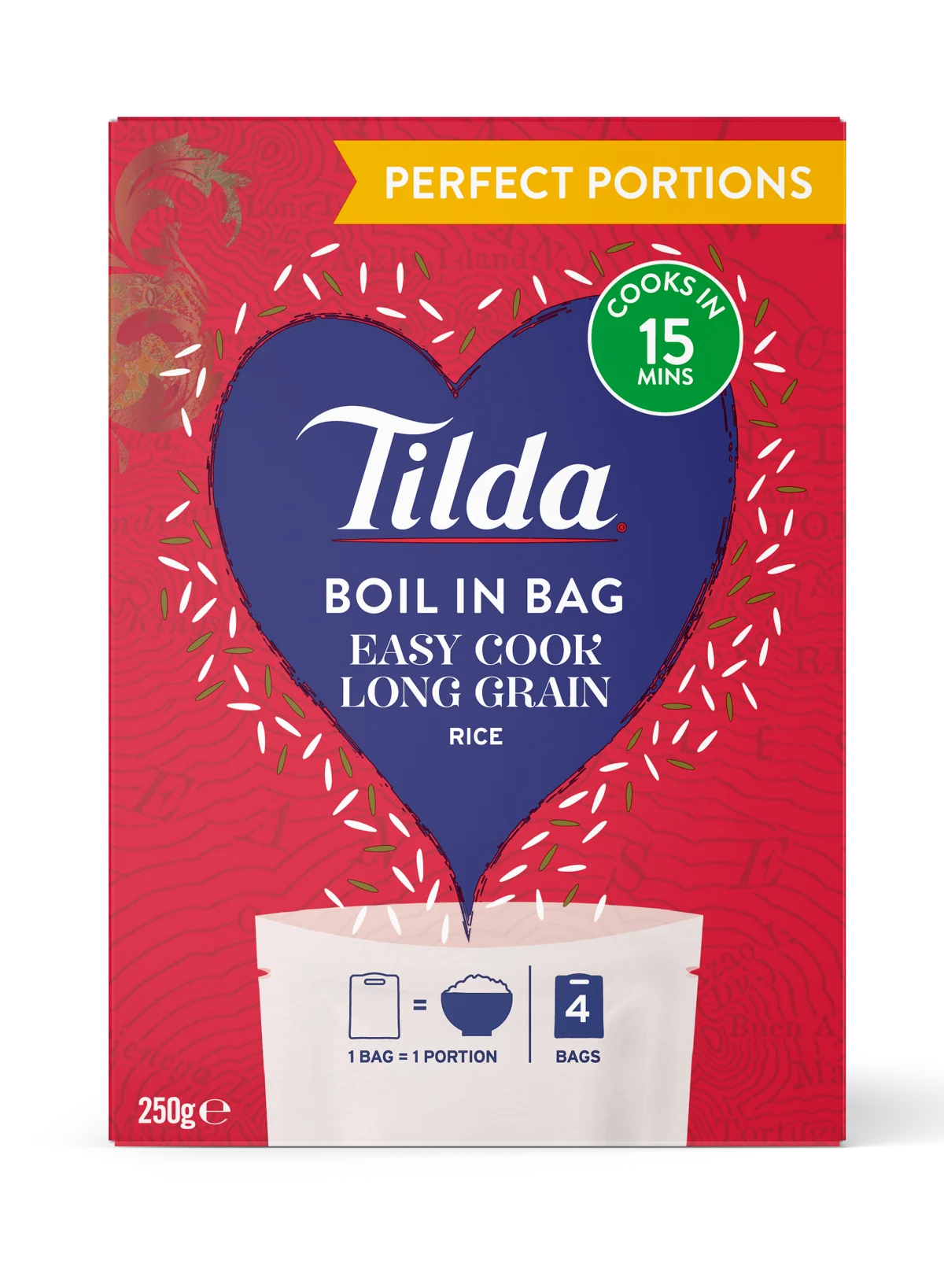Tilda Products
Elevate mealtime with Tilda! Whether you’re cooking from scratch with our classic Dry Rice, enjoying the convenience of Microwave Rice, or savouring our new Meals & Sides range, we make eating well effortless. Even little ones can enjoy balanced, tasty bites with our Kids Rice. Made with quality ingredients and ready in minutes — delicious, every time!
New Flavour Recipes
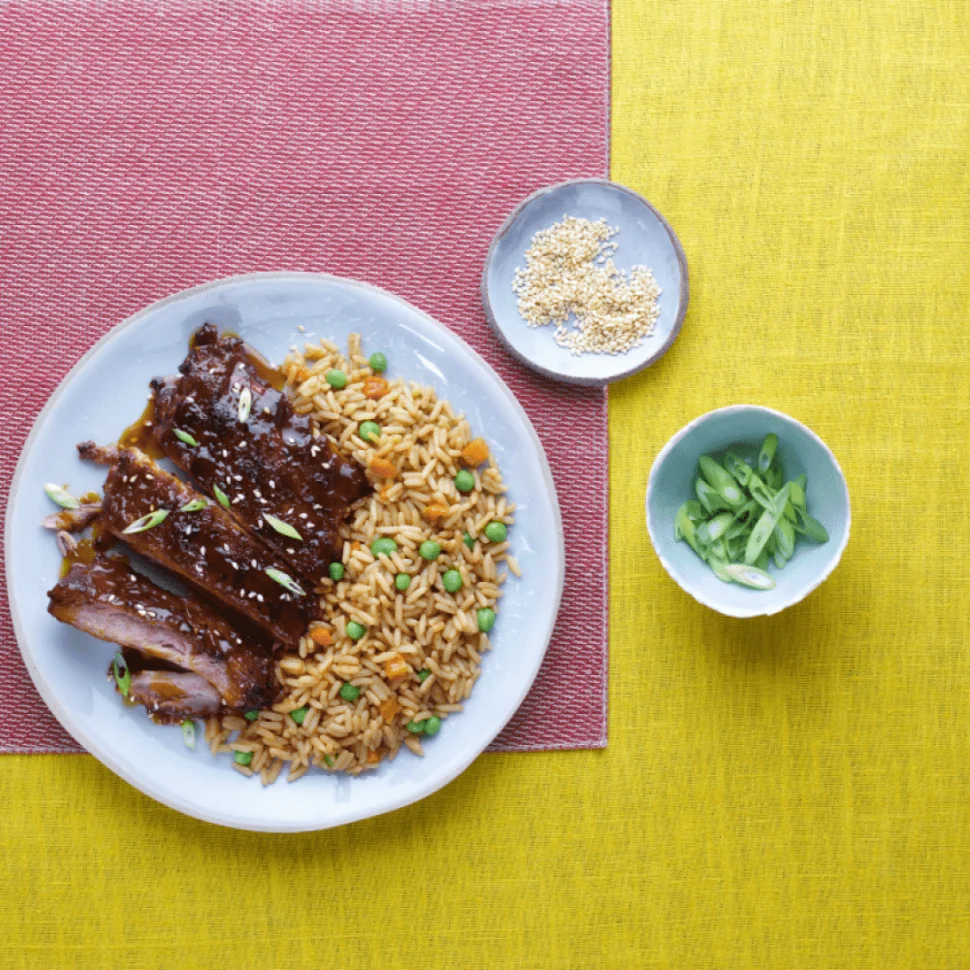
Chinese Special Fried Rice
Chinese BBQ Spare Ribs
Enjoy tender Chinese BBQ spare ribs glazed in a savory-sweet sauce, served with flavourful Chinese fried rice packed with vegetables and authentic seasonings. A perfect homemade takeout-style meal.
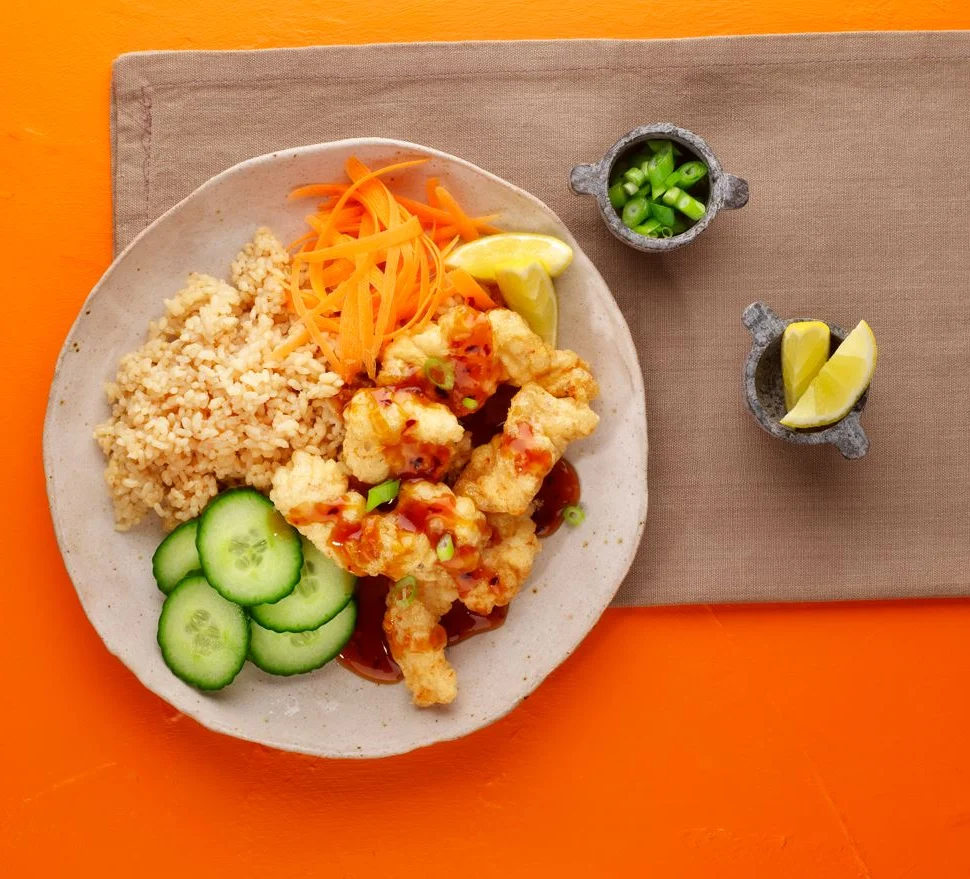
Soy & Ginger Sticky Medium Grain Rice
Crispy Honey Glazed Chicken
Crispy honey glazed chicken meets rich ginger & soy sticky rice in this mouthwatering fusion of sweet, savoury, and umami. A crave-worthy dish that turns dinner into a showstopper!

Sticky Medium Grain Rice
Prawn Californian Rolls
California rolls are a type of sushi with rice on the outside and seaweed inside, often topped with sesame seeds or roe. This delicious recipe uses fresh ingredients and Tilda Sticky Rice.
From the Blog

19 May 2025
Why Bulk Buying Basmati Rice is a Game-Changer
Stock up and save — our big bags of basmati rice are now on offer!

14 May 2025
Meal Planner
Our new Tilda Meal Planner makes mealtimes stress-free with delicious recipe ideas, handy shopping lists, and weekly inspiration – helping you enjoy tasty, fuss-free cooking every day.
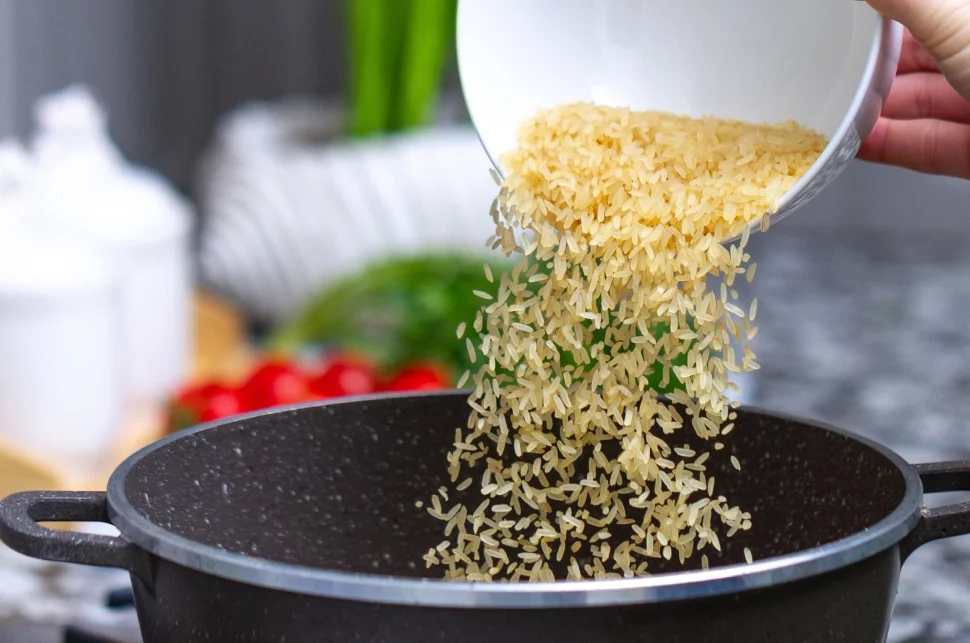
18 June 2025
Rice Quantity Calculator
Calculate the exact quantities and timings for perfect rice.
Written by Tilda Kitchen
About Us
Whether you are making a curry in a hurry or simple rice salad, we never compromise on purity, taste, quality or nutrition, so with Tilda you know you are in good hands. We often hear that our customers grew up eating Tilda and while we are well known for our Basmati rice, over our 50 year journey, we have become the experts in a wider variety of grains. We are always pushing ourselves to find the best possible way to deliver the best quality product to your table and be your guide through the world of rice and food.
Read about us
